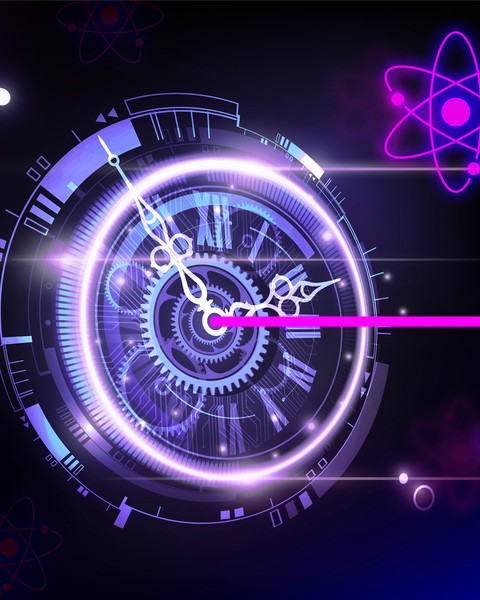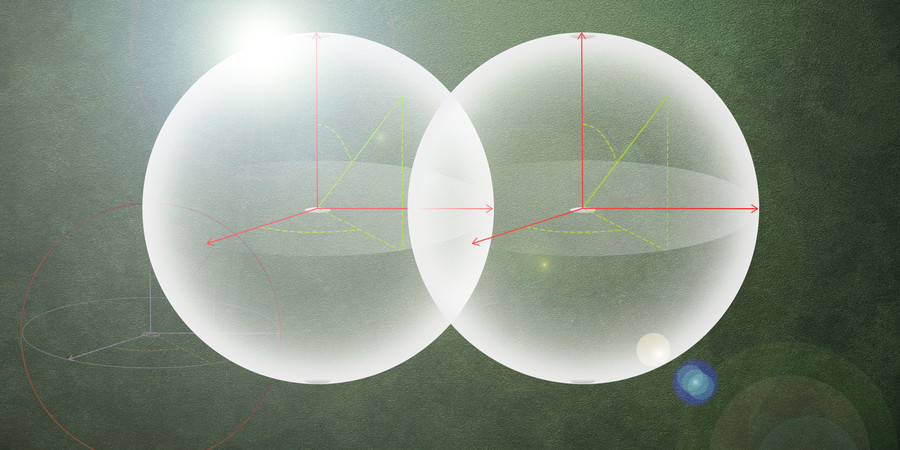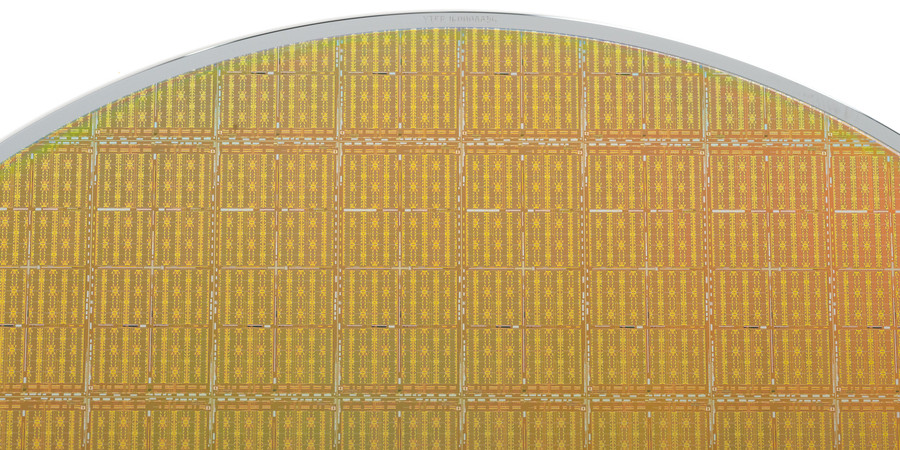November 30, 2023
The practice of keeping time hinges on stable oscillations. In a grandfather clock, the length of a second is marked by a single swing of the pendulum. In a digital watch, the vibrations of a quartz crystal mark much smaller fractions of time. And in atomic clocks, the world’s state-of-the-art timekeepers, the oscillations of a laser beam stimulate atoms to vibrate at 9.2 billion times per second. These smallest, most stable divisions of time set the timing for today’s satellite communications, GPS systems, and financial markets.
A clock’s stability depends on the noise in its environment. A slight wind can throw a pendulum’s swing out of sync. And heat can disrupt the oscillations of atoms in an atomic clock. Eliminating such environmental effects can improve a clock’s precision. But only by so much.
A new MIT study finds that even if all noise from the outside world is eliminated, the stability of clocks, laser beams, and other oscillators would still be vulnerable to quantum mechanical effects. The precision of oscillators would ultimately be limited by quantum noise.
Complete article from MIT News.
Explore
MIT Engineers Advance Toward a Fault-tolerant Quantum Computer
Adam Zewe | MIT News
Researchers achieved a type of coupling between artificial atoms and photons that could enable readout and processing of quantum information in a few nanoseconds.
New Chip Tests Cooling Solutions for Stacked Microelectronics
Kylie Foy | MIT Lincoln Laboratory
Preventing 3D integrated circuits from overheating is key to enabling their widespread use.
The Road to Gate-All-Around CMOS
Monday, April 14, 2025 | 10:00 AM to 11:00 AM
In-Person
Haus Room (36-428)
50 Vassar Street Cambridge, MA




